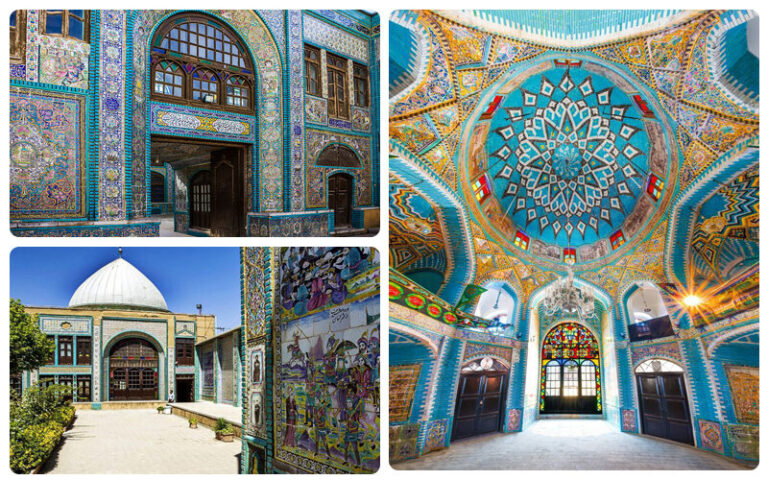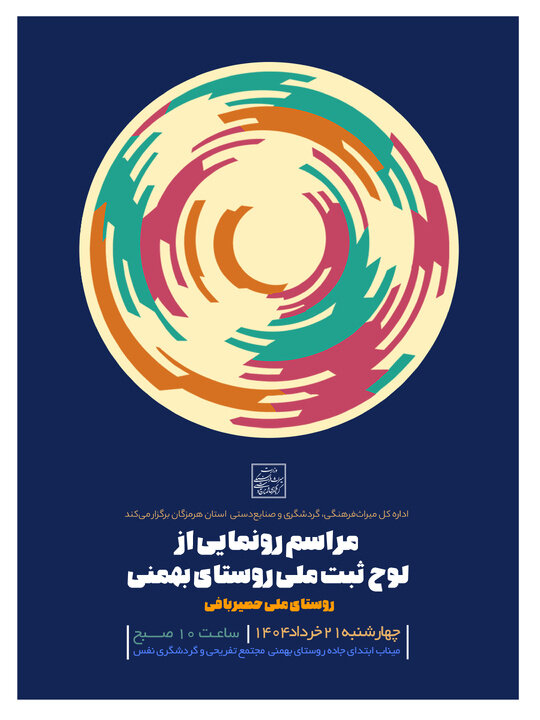
Similar Posts
Isfahan’s Rich History: Seven Iconic Sites Newly Added to Iran’s Heritage List!
Isfahan Province’s historical significance has been bolstered by the addition of seven monuments to Iran’s National Heritage List, showcasing its rich cultural tapestry from the Sassanian to the Qajar periods. Notable sites include the 2,500-year-old Darmian Castle, the Qajar-era Karbasis’ House, and the Kazerooni Mosque. Isfahan, home to over 22,000 historical sites, including UNESCO-listed qanats, remains a key cultural and tourist destination, renowned for its stunning architecture, vibrant bazaars, and serene gardens. The province’s preservation efforts further enhance its appeal, inviting visitors to explore its rich history and charm, earning it the nickname “Nesf-e-Jahan” or “half the world.”

Tehran Unveils 120 Confiscated Smuggled Treasures: A Glimpse into the Hidden Past
The Reza Abbasi Museum in Tehran has launched an exhibition titled “Unfinished Narrative: Inheritance, Forgery, and Smuggling,” featuring over 120 artifacts, both genuine and forged, that highlight the threats to cultural heritage. Running for one week, the exhibition educates visitors about the methods of forgers and smugglers, showcasing items from the second millennium BC to the Islamic era, including a noteworthy seized statue confirmed as a forgery. It also provides insights into laws and regulations regarding cultural artifacts. This initiative, a collaboration with the Cultural Heritage Protection Unit, aims to raise awareness about cultural heritage crimes and preservation efforts.

Discover Tekyeh Moaven al-Molk: A Hidden Cultural Gem in Western Iran
Tekyeh Moaven al-Molk in Kermanshah, Iran, is a stunning architectural gem reflecting the nation’s cultural heritage. Built during the Qajar era as a Shia mourning site, it became a key religious and historical destination after being recognized as part of Iran’s National Cultural Heritage in 1975. The site boasts intricate tilework depicting early Islamic battles and Achaemenid kings. It features three main sections: Hosseineh, Abbasieh, and Zeinabieh, housing various historical artifacts and museums. Despite facing significant damage during historical upheavals, it endures as a symbol of resilience and unity, attracting visitors with its rich history and cultural significance.


